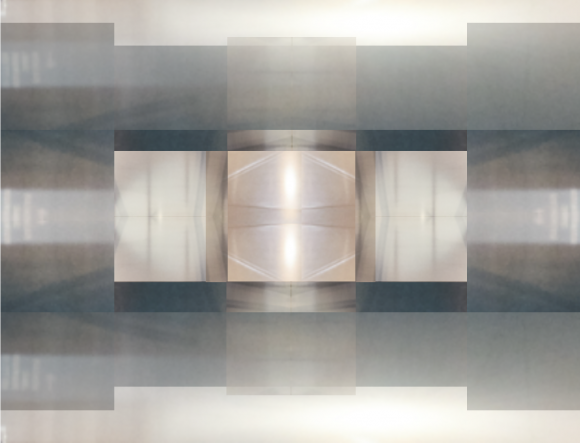People are complex: every human being has a dark side — a demonic aspect — in addition to the more acceptable mask they display towards their social surroundings.

Psychologically speaking, we may express this by saying that people’s thoughts, emotions, and behaviors include not only those which are acceptable to their social world: they also include others which would not be acceptable, and which people therefore keep hidden. (Oftentimes, they hide them not only from other people, but even from themselves.) And as is well known, in the Jungian view, the former thoughts, emotions, and behaviors are collectively called the ‘Persona’ — the masks we present to the outside world — whereas the latter form the ‘Shadow’.
If, on the other hand, we wanted to express the same idea, not psychologically (in terms of thoughts, emotions, and behaviors), but narratively — i.e., as a story —, we would present the two sides of a human being (the social ‘Persona’ and the dark ‘Shadow’) in personified form. We would tell the story as if there were two people: one that embodies the ‘Persona’, and who looks like the person as we know them already, and one that personifies the ‘Shadow’, and who is portrayed in a way that makes the dark side visible as if it were the personality of another, demonic counterpart of that person as we know them.
(This is explored in doppelgänger novels such as E.T.A. Hoffmann’s Die Elixiere des Teufels, or Umberto Eco’s L’isola del giorno prima. An alternative, very imaginative way of doing the same trick is to present the dark aspect, not as another person, but as a picture.)
1. Mostly, old stories just do this personification trick and assume that the audience will understand it. Sometimes, however, an old story may first make the idea explicit (as an idea), and only then go on to illustrate it narratively.
The kingdom of Satan is measure for measure like the kingdom of man. Every male child, when born, already has a double in the kingdom of demons. So too does every female, when she is born, have her shadow born there as well, in her precise shape and image, not unlike that seen in a mirror.
Howard Schwartz, “The Other Side”. In: Lilith’s Cave. Jewish Tales of the Supernatural, 161-165; 161.
This passage beautifully explains that, from the outside (in the shape and image of the person) we cannot see any difference between the social Persona and the Shadow: they look alike. Whether we’re looking at the person or their demonic counterpart is not something we see from the outside. In this way, the passage makes it clear that it is psychological aspects — ‘invisible’ things, so to speak — that the audience will now learn about.
(The story then goes on to illustrate how the demonic aspect, the dark Shadow side of a person, might endanger their romantic relationships. But for present purposes, I don’t want to go deeper into that question; I’m interested in the use of the mirror metaphor.)
2. The quoted passage mentions mirror images. Why?
The point it wants to make is that psychology (thoughts, emotions, behaviors) is not something external, that it cannot be seen from the outside. From the outside, the external fronts of the Persona and the Shadow look alike — they’re indistinguishable. The mirror simile comes in as another, familiar example of two outsides, external fronts that look alike, are indistinguishable.
Moreover, the mirror analogy serves as a way of introducing a bond: just as a person and their mirror image are bound together by their identical “precise shape and image”, so are the Persona aspect and the Shadow aspect bound together, in the world of the story, by a stipulated identical appearance.
(We may appreciate how Jung’s metaphor of light and shadow is even more rich and subtle: it also presents two inseparable sides of a person, but at the same time hints at the dark and hidden character of the Shadow.)



